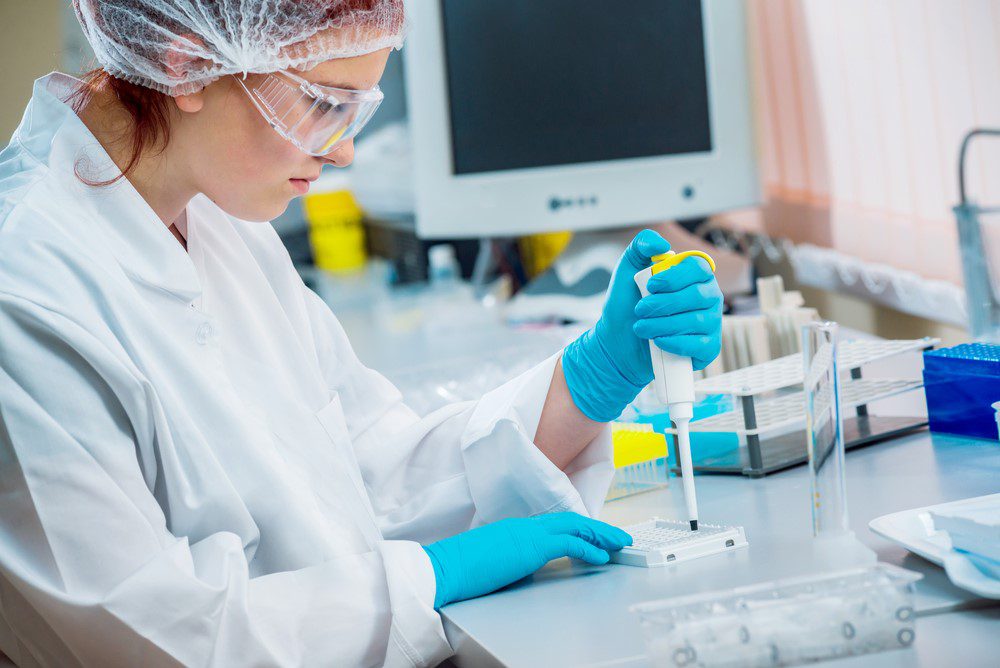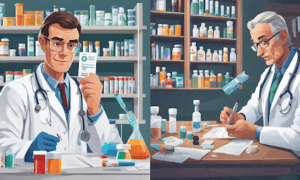Random drug testing has become an integral part of many workplaces, organizations, and institutions. The goal is to maintain a safe and drug-free environment, ensuring that employees and participants are not impaired by drugs. Among the various drug testing methods, the cup drug test stands out as one of the most common and widely employed.
In this article, we will explore the cup drug test, its significance, and the drug test supplies associated with it.
Understanding the Cup Drug Test
The cup drug test, also known as the urine cup test, is a popular choice for random drug testing due to its simplicity, efficiency, and accuracy. It involves collecting a urine sample from the individual being tested, which is then analyzed for the presence of specific drugs or their metabolites.
The reason behind its popularity lies in the fact that urine tests are minimally invasive and provide a reliable indication of recent drug use. Furthermore, the cup drug test can be customized to screen for a variety of drugs, making it versatile for different testing needs. Common substances tested for in a urine cup test include marijuana, cocaine, amphetamines, opiates, and benzodiazepines, among others.
Drug Test Supplies for the Cup Drug Test
For the cup drug test to be effective, certain supplies are essential. These supplies ensure the accuracy of the test and the integrity of the collected urine sample. Let’s take a closer look at the key drug test supplies required for a cup drug test:
- Urine Collection Cups: These cups are specifically designed for collecting urine samples. They typically come with a temperature strip to ensure that the urine is fresh and hasn’t been tampered with. The cups are sealed with a secure lid to prevent any leakage.
- Test Strips or Panels: The heart of the cup drug test lies in the test strips or panels. These are dipped into the collected urine sample, and they change color to indicate the presence of specific drugs. Depending on the test, there may be multiple panels, each representing a different drug or drug class.
- Gloves: To maintain hygiene and prevent contamination of the sample, disposable gloves are used by the individual administering the test.
- Sealing Labels: After the test is complete, sealing labels are used to secure the cup and prevent any tampering before it is sent for further analysis.
- Chain of Custody Forms: In professional settings or legal cases, chain of custody forms may be used to document the handling of the urine sample, ensuring its integrity and preventing any disputes regarding sample handling.
- Transportation Kits: In cases where the urine sample needs to be transported to an off-site laboratory for confirmation testing, transportation kits may include biohazard bags, specimen containers, and requisition forms.
The Significance of Random Drug Testing
Random drug testing is a critical component of maintaining a drug-free and safe environment in various settings, including workplaces, schools, and athletic competitions. Here are some key reasons why random drug testing is significant:
- Deterrence: The knowledge that random drug testing may occur acts as a deterrent, discouraging individuals from using drugs in the first place.
- Safety: In safety-sensitive jobs and industries, such as transportation and healthcare, ensuring a drug-free workforce is crucial to prevent accidents and protect lives.
- Legality: Some industries and institutions are legally required to conduct random drug testing to comply with federal or state regulations.
- Fairness: Random drug testing is unbiased and does not target specific individuals, creating a level playing field for all participants or employees.
- Early Detection: It can identify drug use early, allowing for intervention and support for individuals who may have a substance abuse problem.
In conclusion, the cup drug test is the most common method for random drug testing, offering a straightforward and cost-effective way to screen for drug use. Drug test supplies, including urine collection cups, test strips, and related items, play a crucial role in ensuring the accuracy and integrity of the testing process.
Random drug testing remains a vital tool for maintaining safety, legality, and fairness in various settings, ultimately contributing to the well-being of individuals and the communities they serve.

































